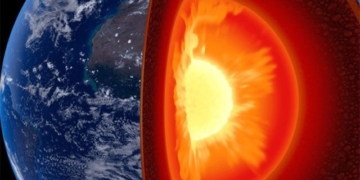Scientists have discovered that the giant tortoises present on San Cristobal Island, part of the Galapagos Islands in Ecuador, are not a species previously identified.
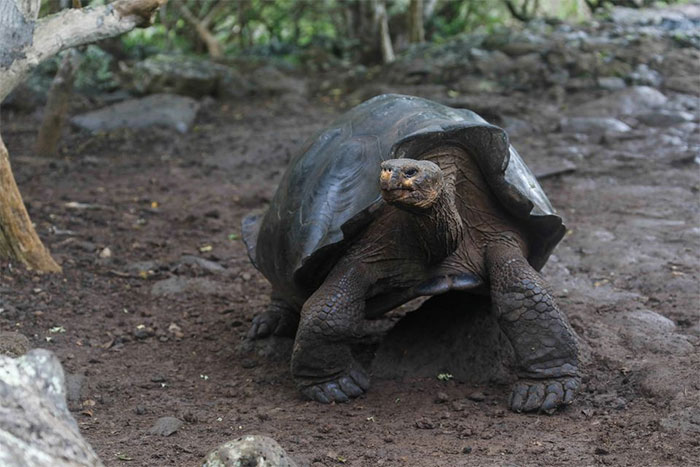
Giant tortoise on San Cristobal Island, Galapagos Islands, Ecuador, photo taken on 12/9/2018. (Photo: Galapagos National Park).
The giant tortoises living on San Cristobal Island were previously identified as Chelonoidis chathamensis. However, on March 10, the Galapagos National Park announced that a new study indicates this species corresponds genetically to a different species.
The park stated: “Scientists concluded that nearly 8,000 tortoises currently existing on San Cristobal Island are not Chelonoidis chathamensis but correspond to an entirely new lineage that has not yet been described.”
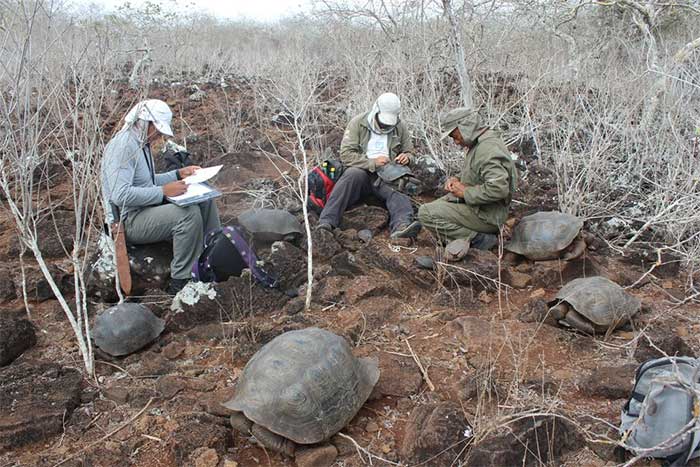
Researchers measuring tortoises during a survey on San Cristobal Island, Galapagos Islands, Ecuador on 12/11/2016. (Photo: Galapagos National Park).
The research was conducted by Newcastle University, Yale University, and the Galapagos Conservation Institute. This discovery was made through the genetic comparison of the animals with samples from described species.
The species previously thought to correspond to the San Cristobal tortoise may belong to an extinct species that coexisted with the living ones, the statement said.
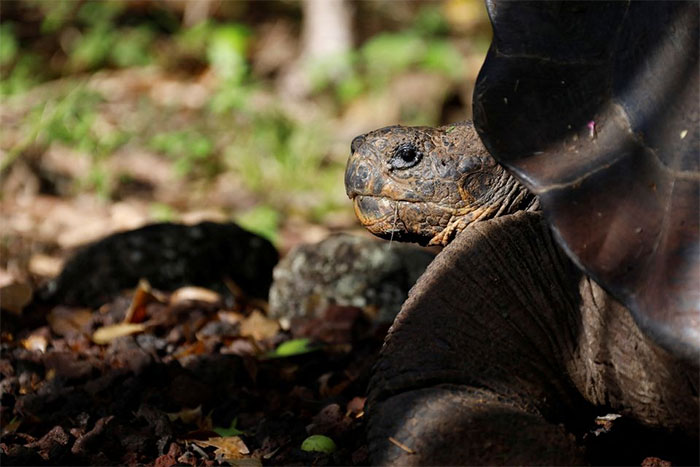
Giant tortoise in Ecuador photographed on 13/2/2019. (Photo: Galapagos National Park).
“The team of investigators is recovering additional DNA from the species believed to be extinct to clarify the status of the tortoises and determine the relationship between the two species (living and extinct). The name Chelonoidis chathamensis should be assigned to the extinct species, and the classification of the living tortoises should be given a new name,” the statement read.
Genetic studies of the living tortoises in the Galapagos began in 1995, and four years later, scientists started researching specimens that formed the extinct species.

Image of the giant tortoise of Ecuador taken on 16/1/2019. (Photo: Galapagos National Park).
The Galapagos Islands, known for their rich biodiversity that inspired Charles Darwin’s theory of evolution, are home to many species of flamingos, albatrosses, and cormorants.
Ecuador has recently expanded the marine reserve around the archipelago by an additional 60,000 square kilometers.
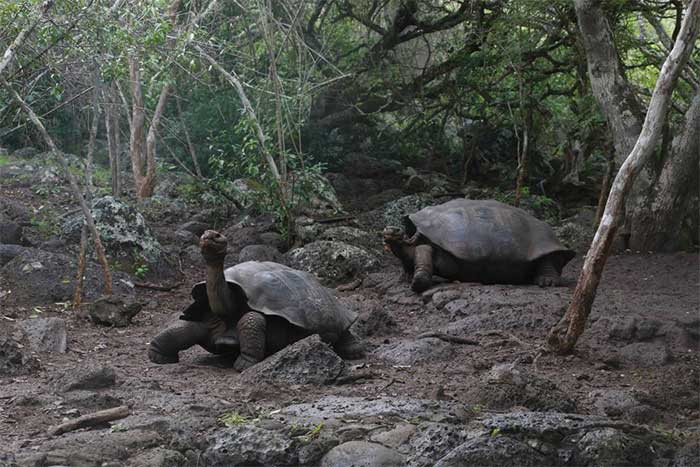
Giant tortoises in Ecuador need to be given a new name. Photo taken on 13/2/2019. (Photo: Galapagos National Park).


















































